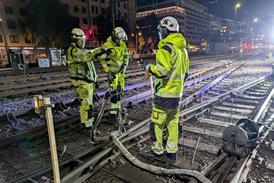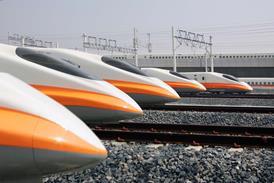Fund African rail projects through private investment and road taxes, study recommends
By Metro Report International2022-11-22T05:00:00

AFRICA: Increased urban rail investment would offer a range of societal benefits for African cities, including improved air quality, reduced congestion and better access to socio-economic opportunities, according to a study published on November 14.
Already have an account? LOG IN
To continue…
You’ve reached your limit of content for the month
Get enhanced access to Railway Gazette news and weekly newsletters.

For almost 200 years, the Railway Gazette Group has been the leading provider of news, analysis and intelligence for the international railway industry. Our independent and authoritative content is read by operators, regulators and the supply industry in over 140 countries using a variety of tailored subscription packages.
Site powered by Webvision Cloud



